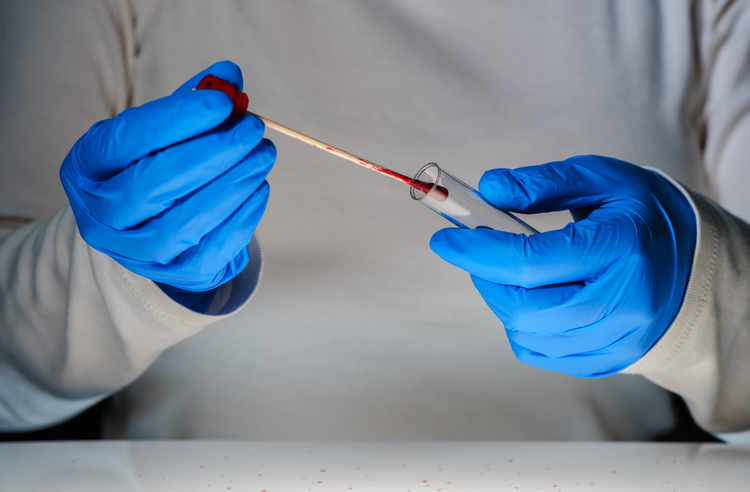Techniques to recover environmental DNA are 'like catnip' for law enforcement, law prof says

Image from Shutterstock.
Wildlife geneticists were able to recover and analyze trace amounts of human DNA lingering in the environment, raising concerns among privacy advocates who think that the tool could be misused.
Researchers at the University of Florida were already collecting such environmental DNA—also known as eDNA—to monitor disease in endangered sea turtles, according to a May 15 press release, CNN and the New York Times. They used their techniques to capture human DNA and published their findings.
The researchers were able to recover human DNA from rivers, footprints in the sand and room air from a veterinary hospital.
“All this very personal, ancestral and health related data is freely available in the environment and is simply floating around in the air right now,” said lead researcher David Duffy, a professor of wildlife disease genomics at the University of Florida, according to CNN.
Researchers were able to sequence part of the genome of four volunteers who left their sand footprints. They were able to match the DNA from air samples at the veterinary hospital to the staff. And they were able to learn about the people living near a creek in St. Augustine, Florida.
When the researchers put the creek water through a “nanopore sequenced” sample, they learned the genetic ancestry of nearby residents from analysis of mitochondrial DNA that is inherited from the mother. Their findings “broadly matched” the demographics from the area, the researchers reported in an article published by Nature Ecology & Evolution. They also found mutations associated with diabetes, cardiac problems and eye diseases.
“The implications of such uses, researchers agree, depend on who is using the technology and why,” the New York Times reported. “While pooled eDNA samples could help public health researchers determine the incidence of a mutation that causes a disease in a community, that same eDNA sample could equally be used to find and persecute ethnic minorities.”
Duffy said human eDNA could be used to track cancer mutations from wastewater or to find undiscovered archaeological sites. He also said DNA floating in the air of a crime scene could be used to identify suspects.
But the genetic information revealed in the tested eDNA couldn’t be used by law enforcement, according to the New York Times. Law enforcement analyzes DNA by looking at 20 markers that are tracked by the FBI’s online system. The eDNA wasn’t able to reveal that much information.
A different study, however, was able to construct profiles that could be used by law enforcement from air samples inside an office.
The New York Times spoke with law professors about the study.
Erin Murphy, a professor at the New York University School of Law, said police have been quick to embrace unproven tools. New DNA collecting techniques would be “like catnip” for law enforcement, Murphy told the New York Times.
Duffy said in the press release policymakers and scientific communities have to consider the issues of consent and privacy.
“These are issues we are trying to raise early so policy makers and society have time to develop regulations,” he said in the press release.



